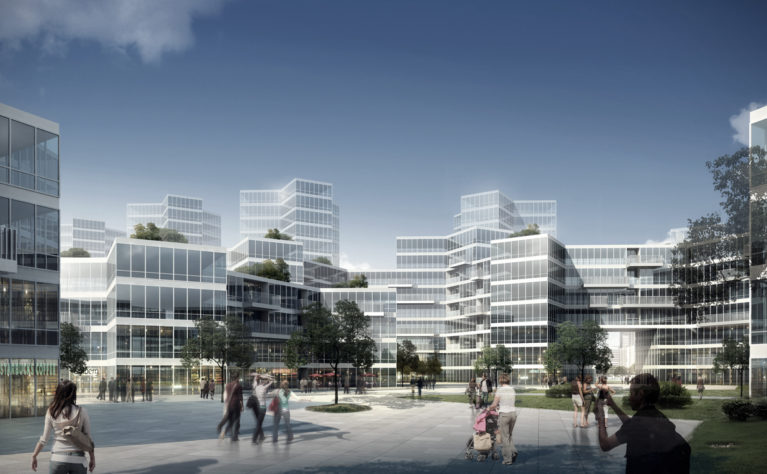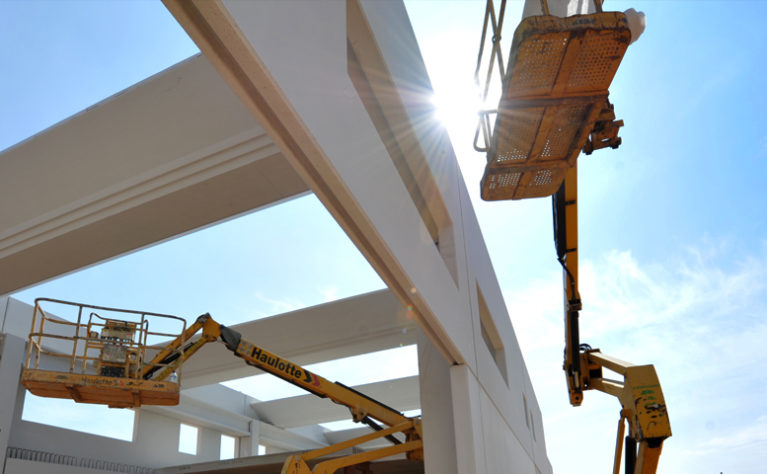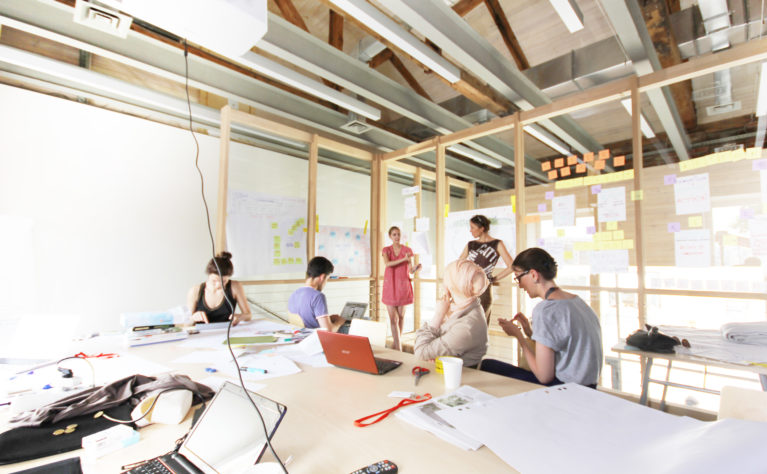
Although architecture encompasses many different sizes, scales and proportions always conform to a size that is invariably that of the people. The size of a project determines the approach and the abstraction capacity necessary to resolve it. Therefore an increase in scale means a discipline change, as with architecture and town planning.
If the human scale is the model for development, ergonomics in architecture plays an important role enabling people to develop processes according to their needs. When a building concentrates as many users as inhabitants in a city, the architectural organisation must change to meet the occupants’ requirements.
In the same way, as cities sometimes are simultaneously personalised and repeated without being designed, like a forest diversity growing naturally, architecture cannot impose a strict order when the right scale is exceeded. A building cannot jeopardise its ergonomics due to its delusions of grandeur.



